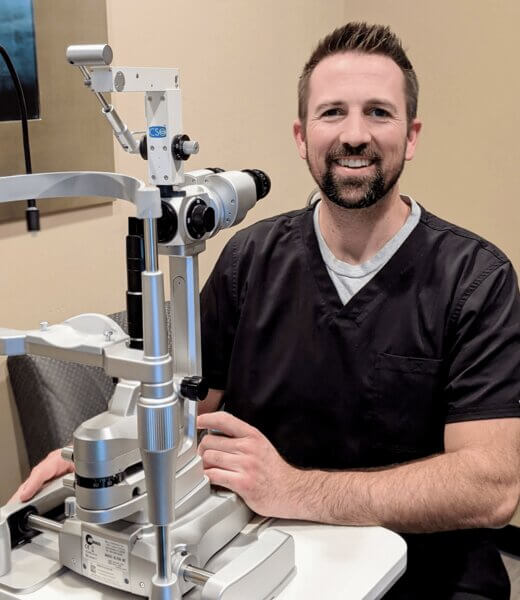Did you know that age related macular degeneration (AMD) is actually the leading cause of irreversible vision loss? More than 10 million Americans, like the gentleman whose retina we showcased in the featured image above, live with varying levels of macular degeneration, from blurry spots to blindness. This outnumbers those afflicted by glaucoma and cataracts combined.
Though AMD rarely causes absolute blindness, it has the potential to cause highly consequential visual impairment. The good news is that treatments are available that may delay the disease’s progression and even improve a patient’s vision, in some cases.
AMD is primarily considered to affect people beginning at around 60-65 years of age. Cases of age related macular degeneration will rise as the Baby Boomer generation ages. In fact, by 2050 research indicates there will be 17.8 million (or 4% of) Americans affected by some form of macular degeneration. Let’s take a look at some macular degeneration information that can help you learn more about this irreversible eye condition.
What is Age Related Macular Degeneration?
Age related macular degeneration is a disease that affects the retina in the back of the eye. In order to understand why it causes blurred vision and ultimately, total blindness, let’s discuss how the retina works.
- The Retina is full of cells, and these cells function by intaking visual cues from the environment.
- The central section of the retina is known as the macula and is tasked with focusing central (rather than peripheral) vision. It is in charge of our ability to do things like read, drive, recognize colors and faces or anything else that requires sight in fine detail.
- Damaging the macula can cause the center of a patient’s vision to become blurred.
In the case of age related macular degeneration, the “damage” is generally a combination of natural, genetic and lifestyle factors. Some of these factors are:
- Over 60 Years of Age
- Racial/Ethnic Heritage (Caucasians have higher rates than Latinos or African-Americans)
- Smoking or Being Regularly Exposed to Smoke
- Obesity
- History of Cardiovascular Disease
- Family genetics (several genes have been identified believed to contribute to AMD)
Age Related Macular Degeneration Symptoms

Image courtesy of the Bright Focus Foundation
The first step toward managing AMD is to become aware of some common age related macular degeneration symptoms. AMD commonly results in a slow, painless loss of vision. Rarely, however, sudden vision loss is possible..Common age related macular degeneration symptoms include:
- Central vision is reduced in one or both eyes (see image above)
- Printed words become increasingly blurry
- Face recognition, especially from longer distances, becomes difficult
- Difficulty adapting to low light situations when reading, working or when out and about
- Distortions in vision, for example a straight line appearing warped or bent
Macular Degeneration Docs: Optometrists or Ophthalmologists
So, how can you find a macular degeneration doctor? Well, chances are you already know one! Through the use of a retinal exam, your optometrist may be able to detect the early signs of AMD before symptoms appear.
When AMD is suspected, a short test is given that measures central vision using an Amsler Grid. Consisting of straight lines with a dot in the center, an Amsler Grid will allow someone to test whether they see some of the lines as wavy or blurred. Perhaps with some dark areas at the center. Check out the Amsler Grid below:
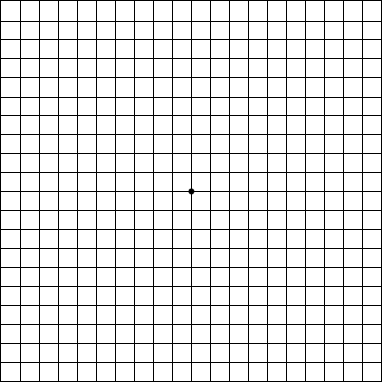
Test for Wet or Dry Macular Degeneration
There are two primary types of age-related Macular Degeneration: Wet Form and Dry Form. By performing a retinal eye scan, your optometrist can detect both forms.
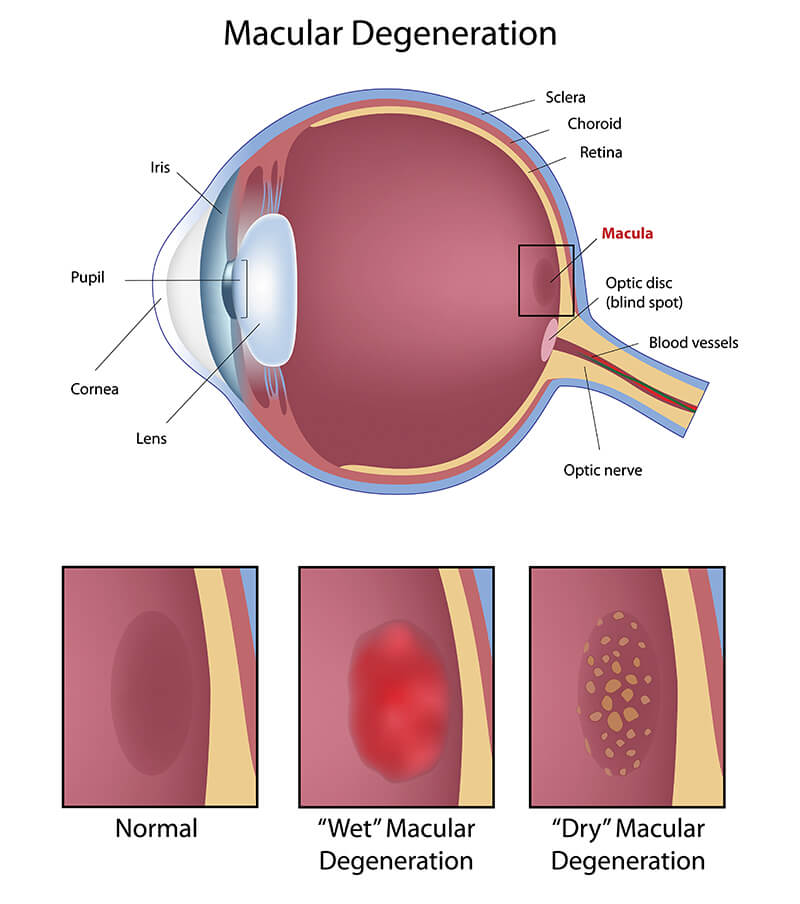
Dry Form Macular Degeneration
Dry form AMD is notable for the existence of yellow deposits, known as drusen, in the macula. A handful of drusen small in size, may not cause changes in vision; however, as they grow and increase in number, they may cause blurring or distorting of vision that people find most apparent when reading or looking at things in fine detail. In the more progressive stages of dry macular degeneration, there is furthermore a diminishing of the light-sensitive layer of cells in the macula that may lead to the death of the tissue. In the atrophic form of dry macular degeneration, patients potentially have blind spots in the middle of their vision and in the advanced stages, patients lose central vision altogether.
Wet Form Macular Degeneration
Wet form AMD is notable for the growth of abnormal blood vessels from the choroid below the macula. This is known as choroidal neovascularization. These blood vessels leak fluid and blood into the retina, causing a distortion of vision that makes straight lines look wavy, as well as causing blind spots and loss of central vision. These abnormal blood vessels and their bleeding eventually form a scar, leading to permanent loss of central vision.
Dry form AMD is the most common form of the eye disease and, as a result, most patients are likely to lose some form of central vision. And yet, dry form can lead to wet form. Granted, only roughly 10% of patients with dry form progress to the wet form, and they are the bulk of the patients who will likely encounter significant vision loss as a result of the disease.
Treatments for Macular Degeneration
A qualified ophthalmologist can recommend the best course of action for an AMD patient. Currently, there are three treatments for macular degeneration. Treatment varies depending on the severity of each patient’s case. The three main treatments are:
- Monitoring – Many patients end up maintaining good vision and do not require any additional treatment besides periodic eye exams. This may also include vitamin A,C and E supplementation.
- Laser Treatments – A small percentage of patients who develop AMD may benefit from laser treatments to seal leaking blood vessels.
- Intra-vitreal Injections – Injections of three anti-vascular endothelial growth factor drugs that stop the growth of new blood vessels.
The Best Optometrists in North Phoenix
When you choose Tatum EyeCare for you vision health and fashion needs, you are choosing optometrists in North Phoenix who are invested in our clients and community. We are happy to answer any other questions you have about macular degeneration, or to schedule your appointment with one of our optometrists today. We’ve proudly served the Valley of the Sun for over 20 years. Stop in to view our extensive eyewear collection, and see for yourself how Tatum EyeCare reframes customer service and optical expertise for everyone!

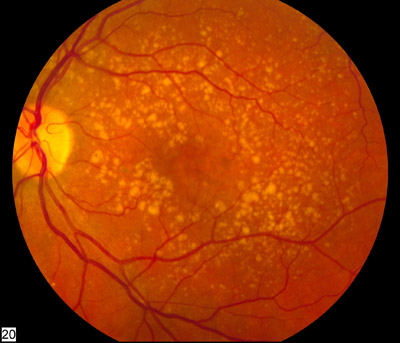

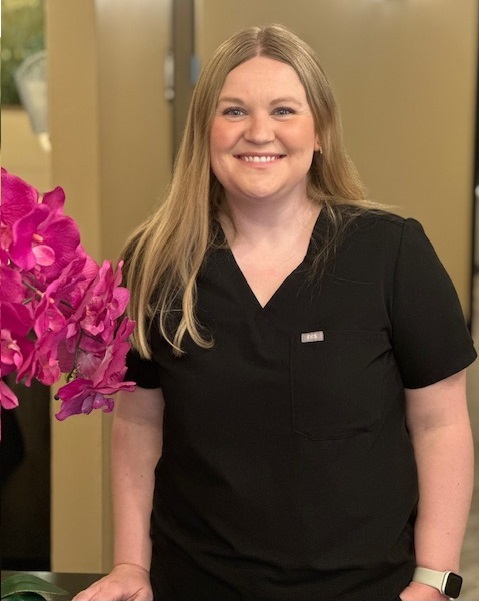


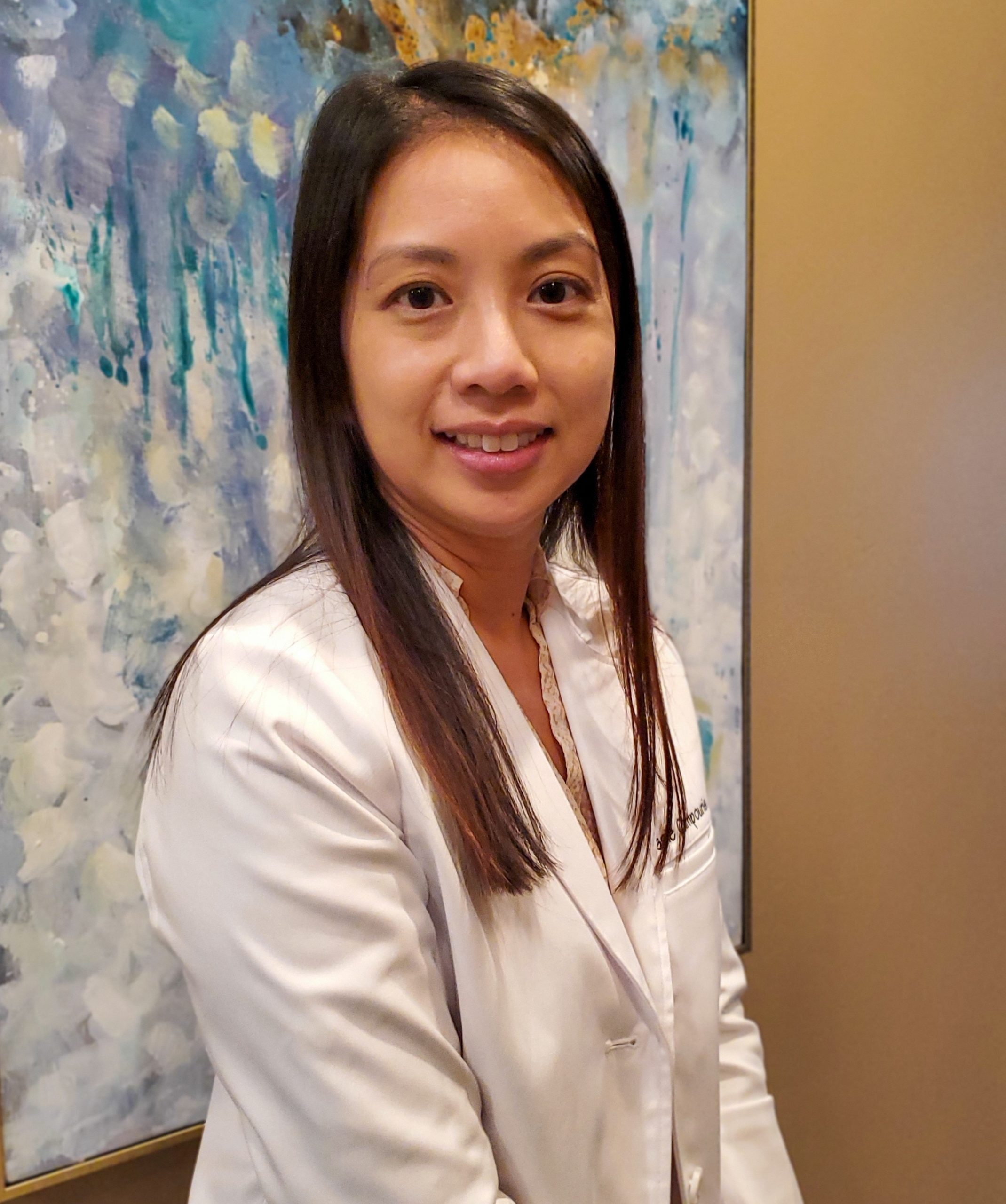
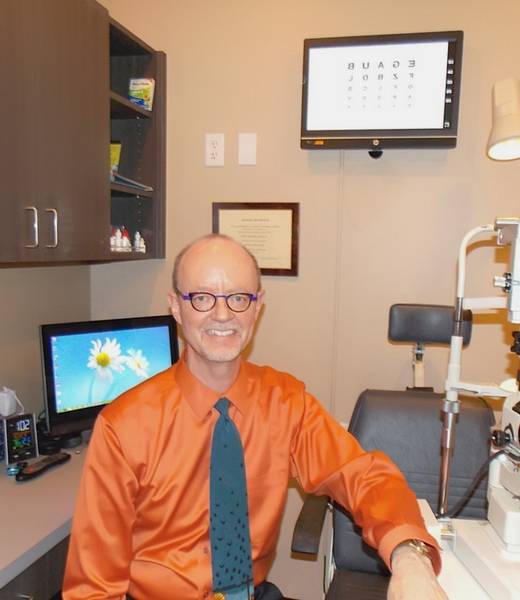

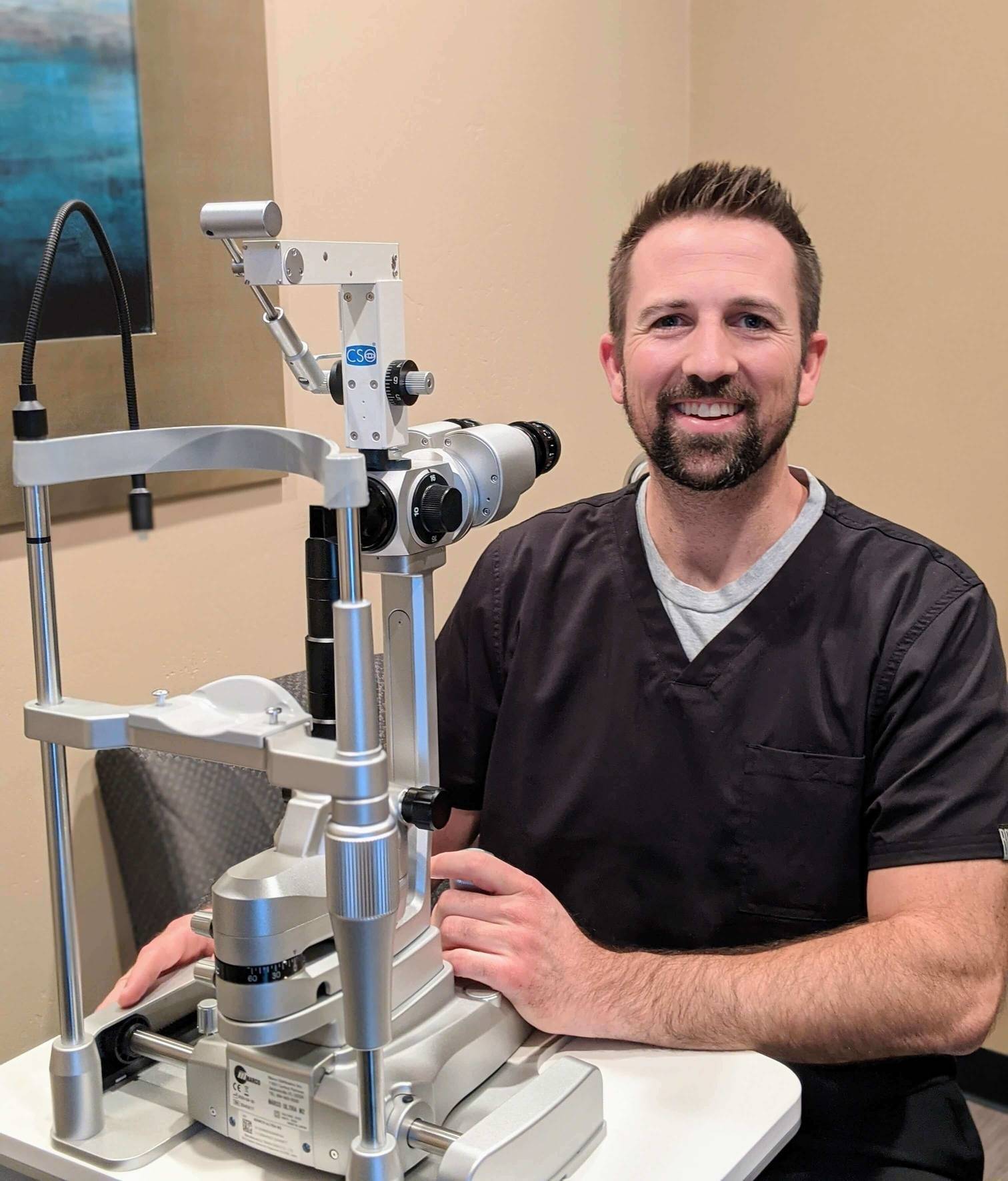
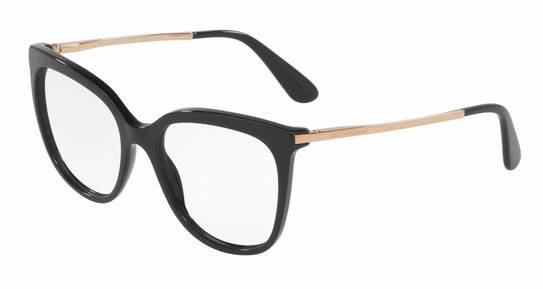






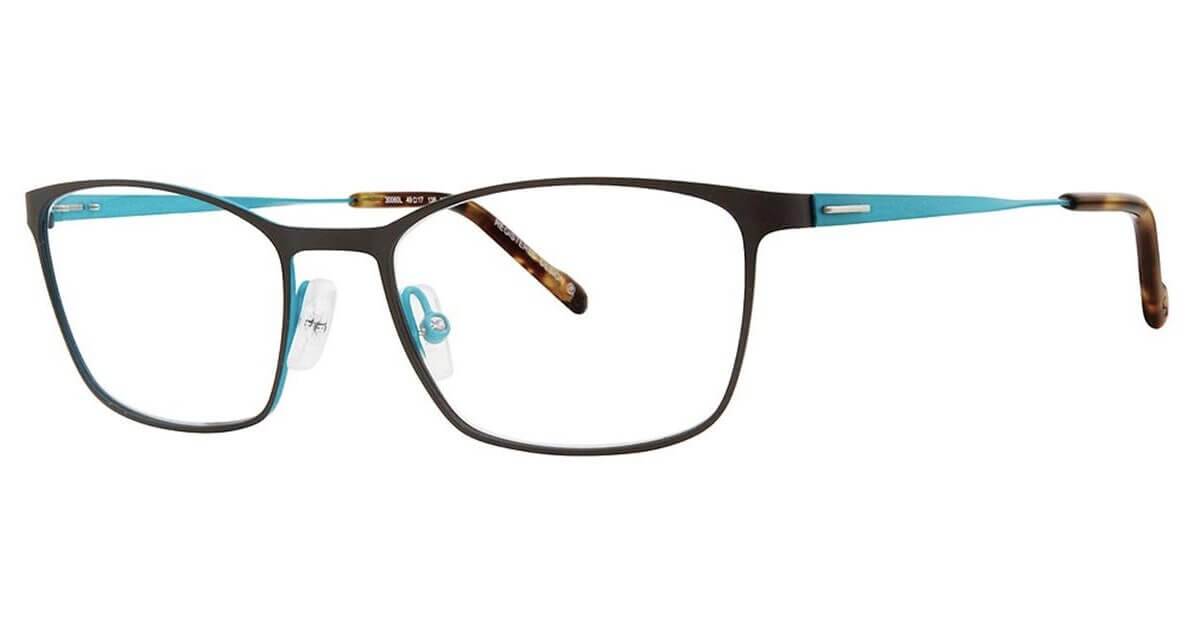

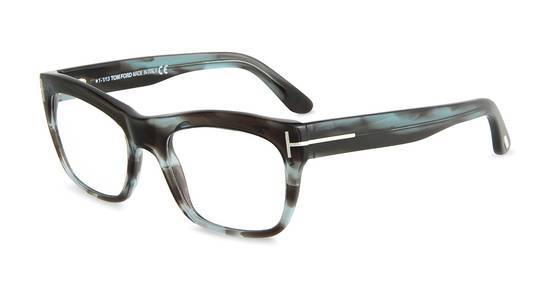
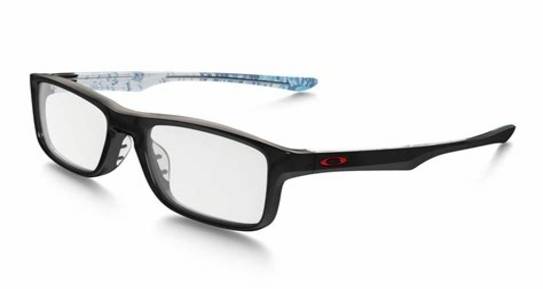

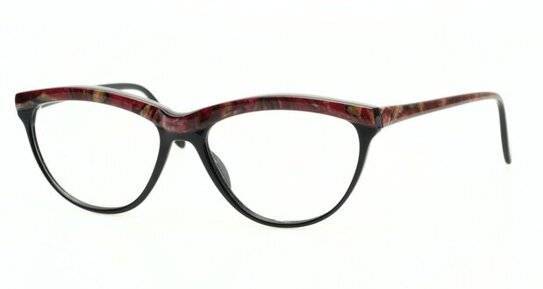
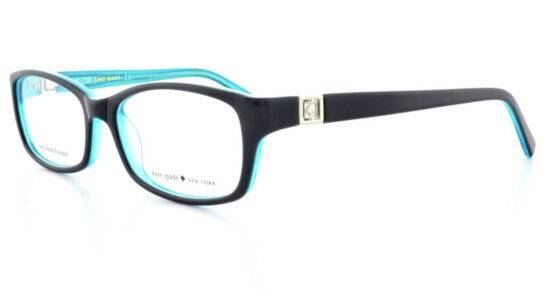
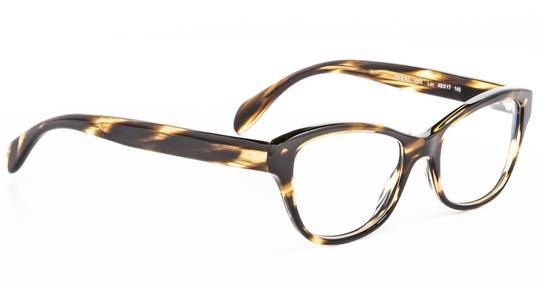



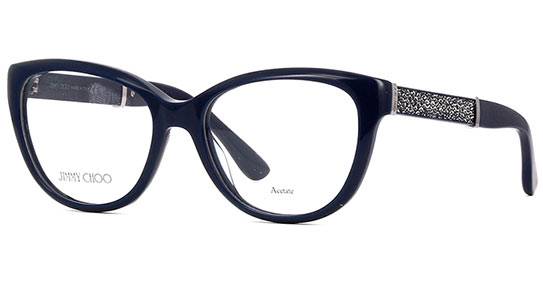
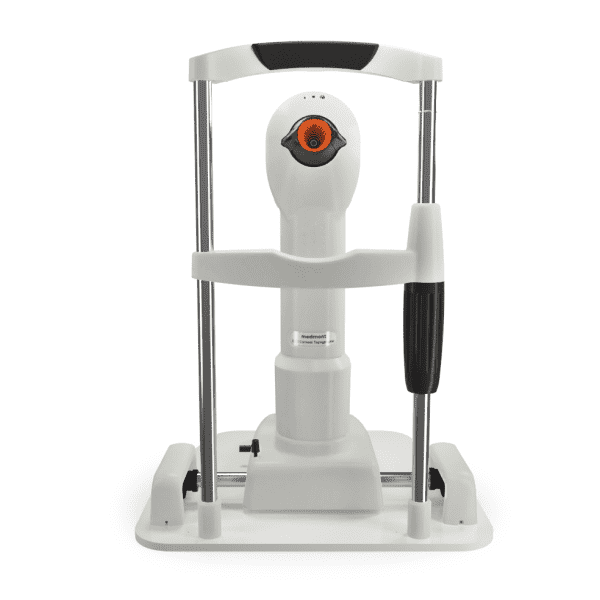
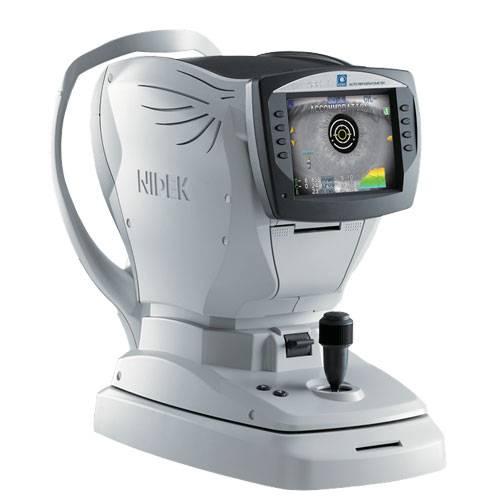
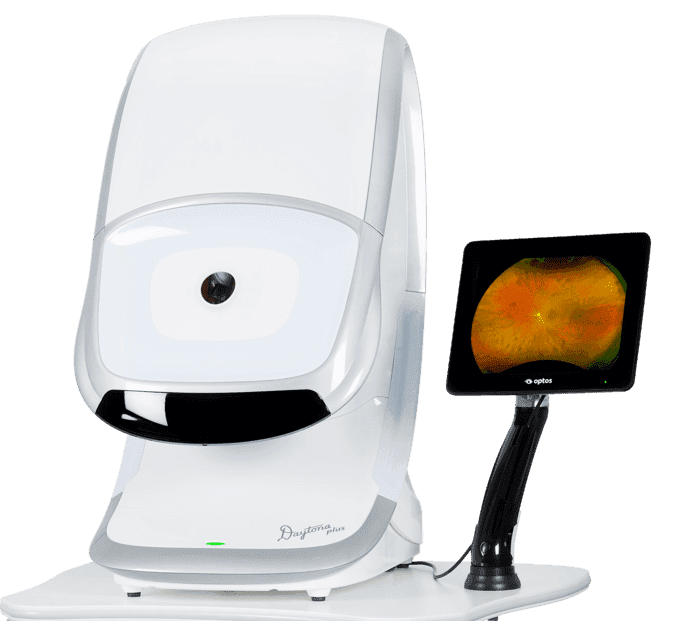
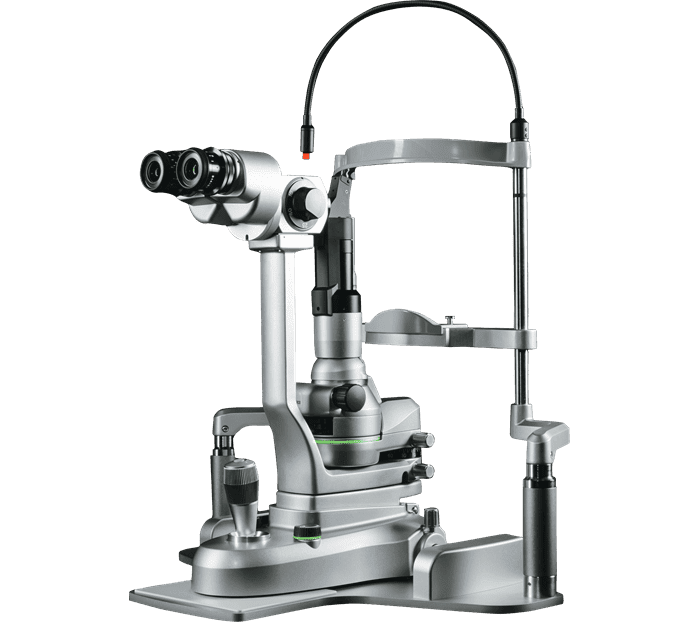
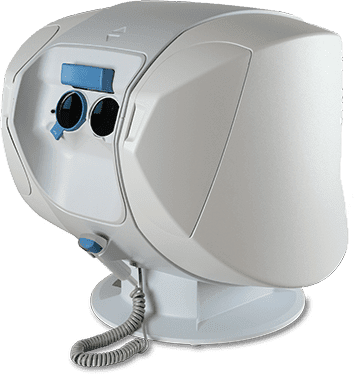
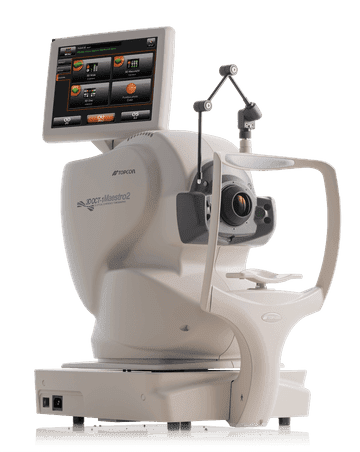
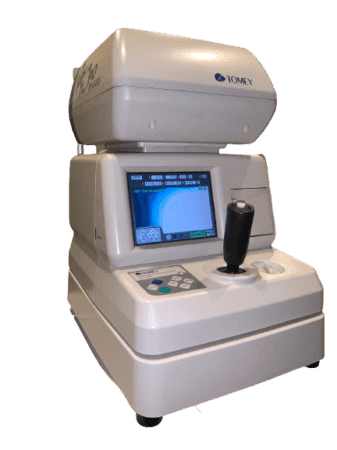
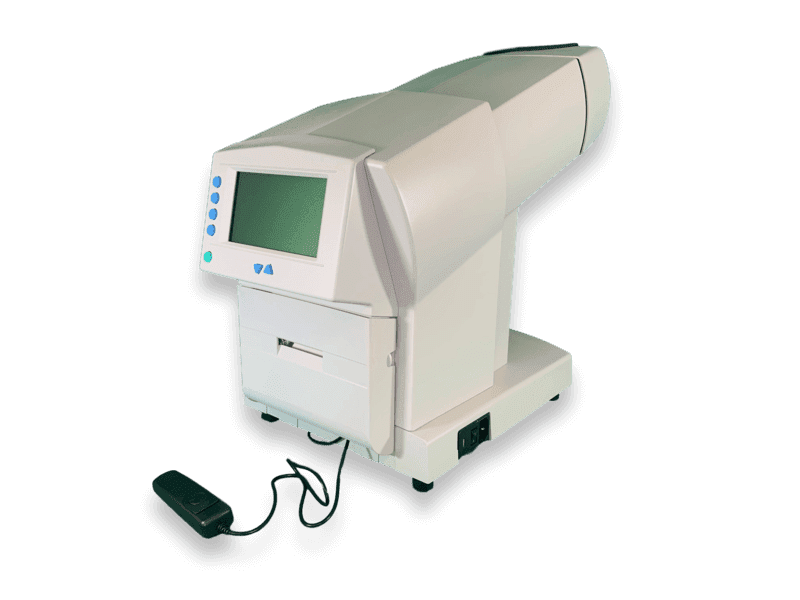
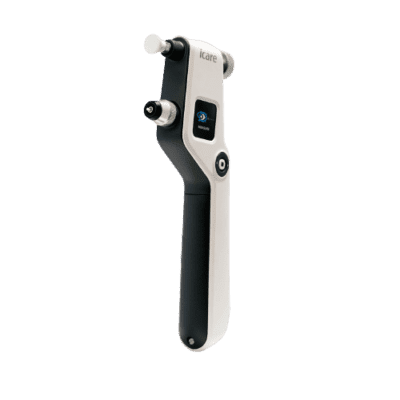
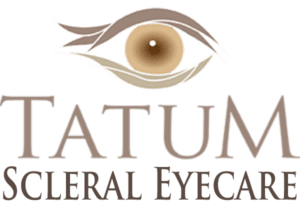
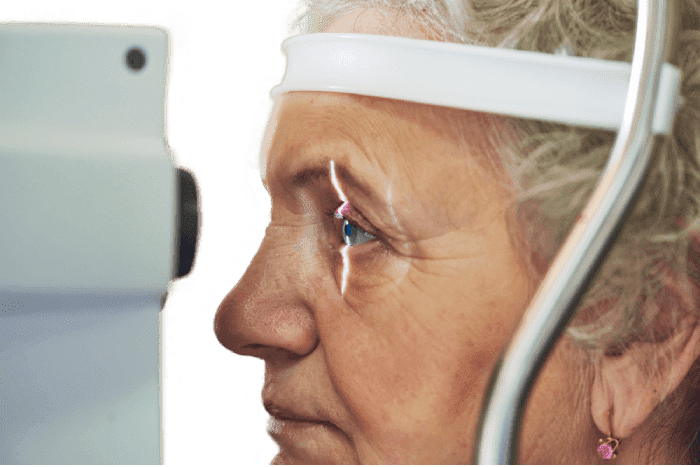
 Dillon Optics, the performance eyewear arm of Dillon Precision, have a unique non-reflective, matte lens appearance incorporated with NIR lens technology. This produces noticeably sharper clarity, and protects the lens from damage and harmful environmental conditions. Perfect for outdoor sports and activities where precision vision is required. Tatum Eyecare carries a wide variety of Dillon Optics eyewear.
Dillon Optics, the performance eyewear arm of Dillon Precision, have a unique non-reflective, matte lens appearance incorporated with NIR lens technology. This produces noticeably sharper clarity, and protects the lens from damage and harmful environmental conditions. Perfect for outdoor sports and activities where precision vision is required. Tatum Eyecare carries a wide variety of Dillon Optics eyewear.




